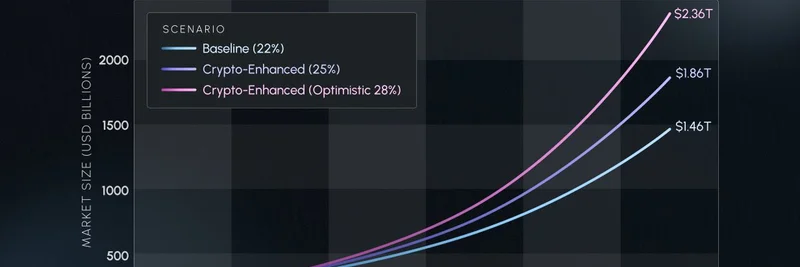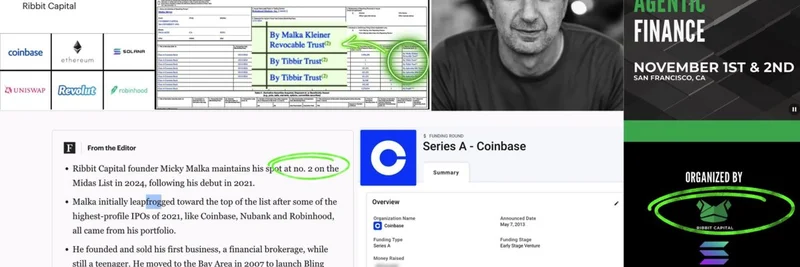In the fast-paced world of crypto, narratives can make or break markets. Recently, a tweet from @basedkarbon has stirred up conversations about one of the hottest trends: the debasement trade. Is it a legitimate play against fiat currency erosion, or just a clever ruse to trap optimistic traders? Let's break it down.
The Tweet That Started It All
The discussion kicked off with this pointed tweet from @basedkarbon: "All I'm saying is if I wanted to trap a bunch of longs and rinse everyone, I'd probably sell them some retarded narrative like 'the debasement trade' so that they have zero dollars left to buy assets at discount prices before bullish continuation." View the original tweet.
It's a sharp take, suggesting that hyped-up stories like this could be designed to lure in "longs"—traders betting on price increases—only to dump on them later, forcing losses and clearing the way for smarter buys at lower prices.
One reply captured the sentiment perfectly with a meme twisting the famous "Sell me this pen" scene from The Wolf of Wall Street into "Sell me this debasement trade broo." It's a humorous jab at how these narratives are peddled.
Understanding the Debasement Trade
So, what exactly is the debasement trade? In simple terms, it's an investment strategy betting that governments' habits of borrowing heavily and printing money will weaken fiat currencies like the US dollar. Investors shift into "hard assets" such as Bitcoin, gold, or even silver to hedge against this value erosion. Recent reports from outlets like The Guardian and CNBC highlight how this narrative has driven record highs in these assets.
But as @basedkarbon points out, narratives can be manipulative. In crypto, where sentiment rules, a compelling story can pump prices temporarily, only to crash when the hype fades.
Could It Really Be a Trap?
The skepticism isn't unfounded. Crypto markets are notorious for "rinsing" retail investors—slang for liquidating positions through sharp price swings. If big players promote the debasement trade to attract buyers, they could sell off at peaks, leaving others holding the bag.
Replies to the tweet echo this caution. One user called it "straight trap energy," urging folks to "stay ready to buy the dip." Another labeled it "pure market manipulation." It's a reminder that in blockchain and crypto, due diligence is key.
How This Ties into Meme Tokens
At Meme Insider, we focus on meme tokens, which thrive on narratives even more than Bitcoin. Tokens like Dogecoin or newer ones often surge on viral stories, but they're vulnerable to the same traps. If the debasement trade narrative spreads to meme coins—perhaps positioning them as fun hedges against inflation—it could lead to wild pumps followed by dumps. Traders should watch for overhyping and remember: meme tokens are high-risk, driven by community buzz rather than fundamentals.
Staying Ahead in Crypto
Whether the debasement trade is a trap or not, it underscores the importance of critical thinking in crypto. Follow diverse voices on platforms like X (formerly Twitter), cross-check with reliable sources, and never invest more than you can afford to lose. As blockchain tech evolves, staying informed through sites like ours can help you navigate these narratives smarter.
What do you think—is the debasement trade legit, or just another market ploy? Share your thoughts in the comments!




